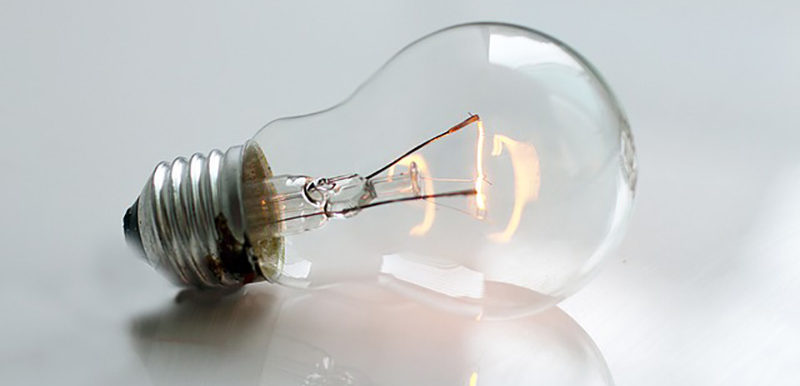For most people, choosing a lightbulb is an ordinary task. We simply walk into our local hardware or grocery store, find a pack of two or three, and head back home without a second thought. It’s true, however, that each of the bulbs on those long aisle shelves have slight differences that can make major impacts on the lighting of your home and the look of your lamps and lamp shades.
Over the next several weeks, we will highlight the four keys things you need to consider when purchasing a light bulb. Today, we start with a question: How bright is your bulb?
For years, when we were concerned with the brightness of a bulb, we thought in terms of wattage. Seeing “40W” or “100W” printed on the top of those old incandescent bulbs told us everything we thought we needed to know about whether we would be able to read the print of a magazine or thread a needle in our living rooms. And yet, bulbs with the exact same wattage can produce different levels of brightness. This is even more true now than it was 20 years ago.
Be it an incandescent, compact florescent (CFL), or LED bulb, brightness is best measured and described in lumens. The word “lumens” is defined as:
A unit of luminous flux in the International System of Units, that is equal to the amount of light given out through a solid angle by a source of one candela intensity radiating equally in all directions.
Whether or not that tech-speak is helpful to anyone, this should be: The higher the lumens, the brighter the bulb. For instance, that traditional incandescent 100W bulb from the 80s? It gave off, on average, about 1600 lumens. So when you look on a package of CFL or LED bulbs that says “100W Replacement,” what they’re really telling you is that the bulb in the box emits around 1600 lumens; just the right amount for many of your household’s lamps.

